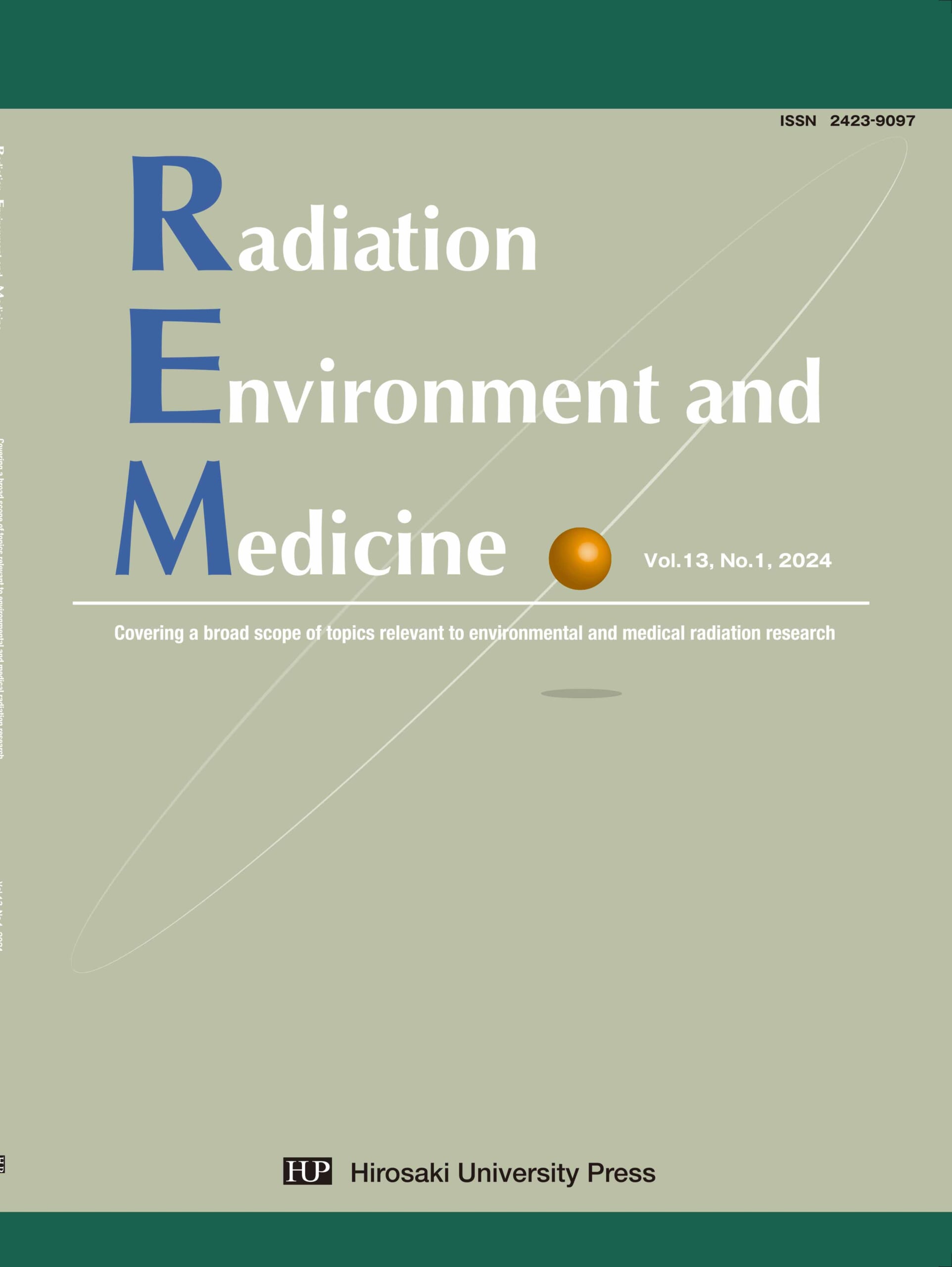Radiation-induced Cell Death: Relevance to Cancer Cell Radioresistance
View article content
Yoshikazu Kuwahara1, 2*, Miyu Kitamura1, Kazuo Tomita2, Tadanori Muraoka1, Tomoka Chida1, Mehryar Habibi Roudkenar2, 3, Amaneh Mohammadi Roushandeh4, Tomoaki Sato2, Keiju Kamijo5 and Akihiro Kurimasa1
1Division of Radiation Biology and Medicine, Department of Medicine, Faculty of Medicine, Tohoku Medical and Pharmaceutical University, 1-15-1, Fukumuro, Miyagino, Sendai, Miyagi 983-8536, Japan
2Department of Applied Pharmacology, Graduate School of Medical and Dental Sciences, Kagoshima University, 8-35-1, Sakuragaoka, Kagoshima, Kagoshima 890-8544, Japan
3Burn and Regenerative Medicine Research Center, Velayat Hospital, School of Medicine, Guilan University of Medical Sciences, Parastar St., Rasht 41887-94755, Iran
4Department of Anatomy, School of Biomedical Sciences, Medicine & Health, UNSW Sydney, Sydney, NSW 2052, Australia
5Division of Anatomy and Cell Biology, Faculty of Medicine, Tohoku Medical and Pharmaceutical University, 1-15-1, Fukumuro, Miyagino, Sendai, Miyagi 983-8536, Japan
- Abstract
Radioresistance is among the main impediments in cancer therapy. The purpose of radiotherapy is to irradiate cancer cells, thereby damaging their DNA and inducing cell death. Cancer cells usually induce various types of cell death. To better understand and hopefully overcome radioresistance, we analyzed the X-ray irradiation-induced cell death type using long-term live-cell imaging. We observed dead cells floating in the culture medium after irradiation displaying the signs of apoptosis (type I cell death), autophagic cell death (type II cell death), and necrosis or necroptosis (type III cell death) based on their morphological characteristics. Furthermore, we confirmed that irradiation induces another type of cell death, mitotic catastrophe (MC), at a high frequency. Type I–III cell death could be induced in few cells directly after irradiation, and type I–III cell death is thought to be induced sporadically via MC. However, MC was induced less frequently in radioresistant cells. Therefore, if MC could be efficiently induced in radioresistant cells, we might be able to overcome radioresistance in cancer cells. In this review, we describe long-term live-cell imaging as a powerful tool in radiation-induced cell death-related studies.



